Kashmir, often called “Paradise on Earth,” transforms into a magical wonderland when winter arrives. With snow-capped mountains, frozen lakes, pine forests blanketed in white, and vibrant local traditions, visiting Kashmir in winter offers travelers an experience unlike any other. Many tourists plan their trips with carefully designed Kashmir Tour Packages, ensuring they capture the full charm of this mesmerizing season.
But when exactly is the best time to visit Kashmir in winter? To answer this, we need to explore the unique climate phases, snowfall periods, and activities that make different winter months special.
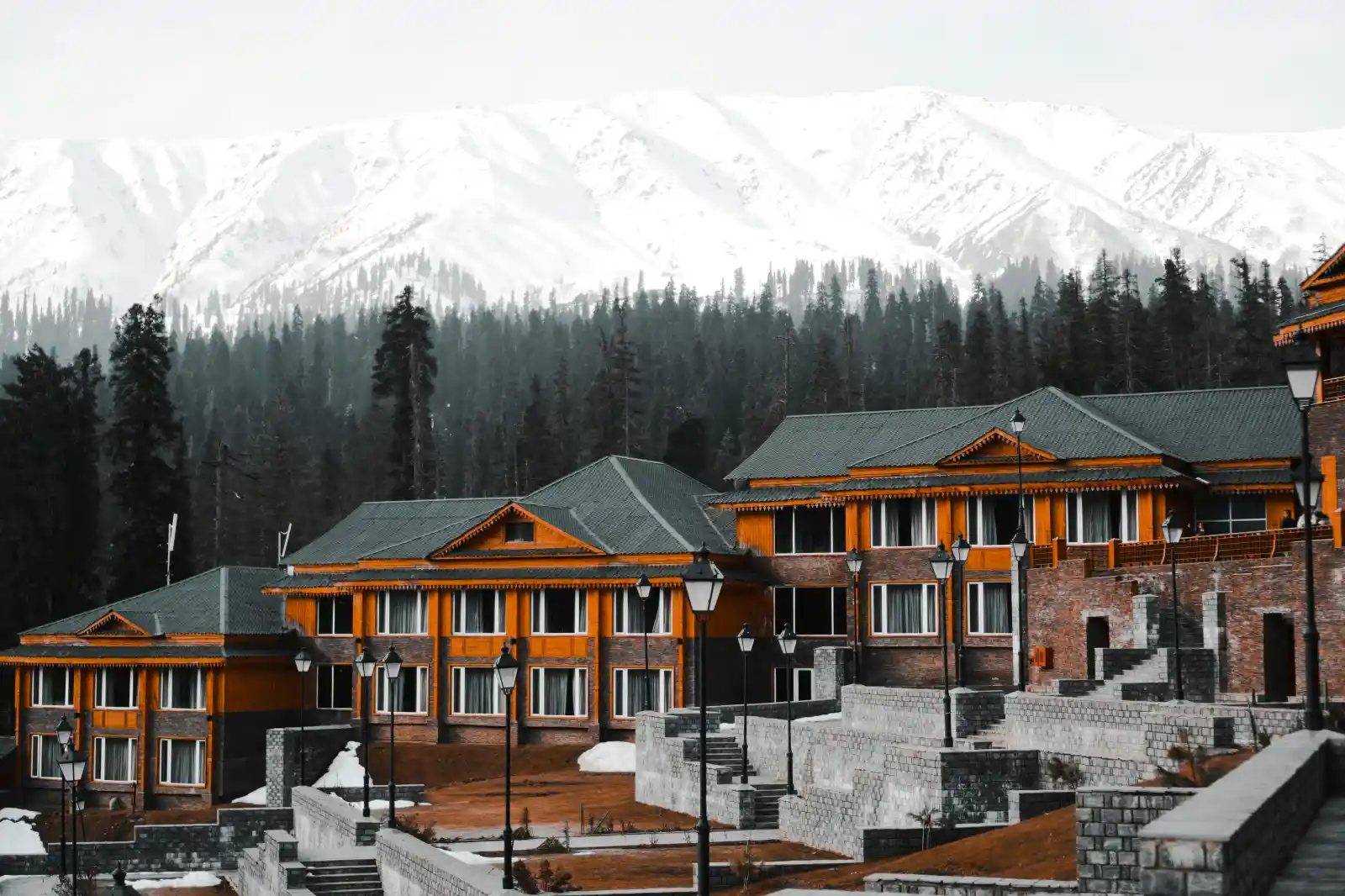
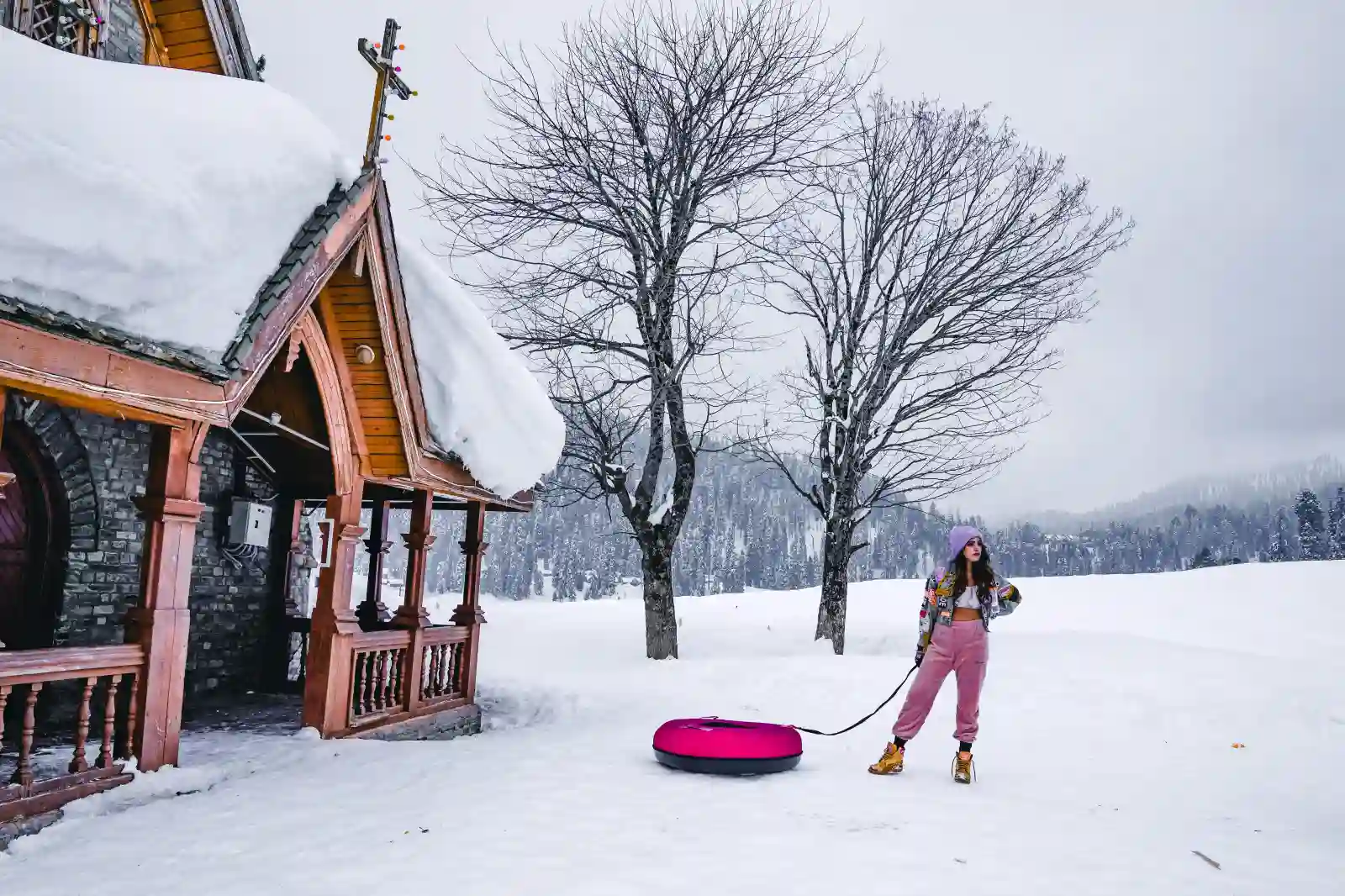
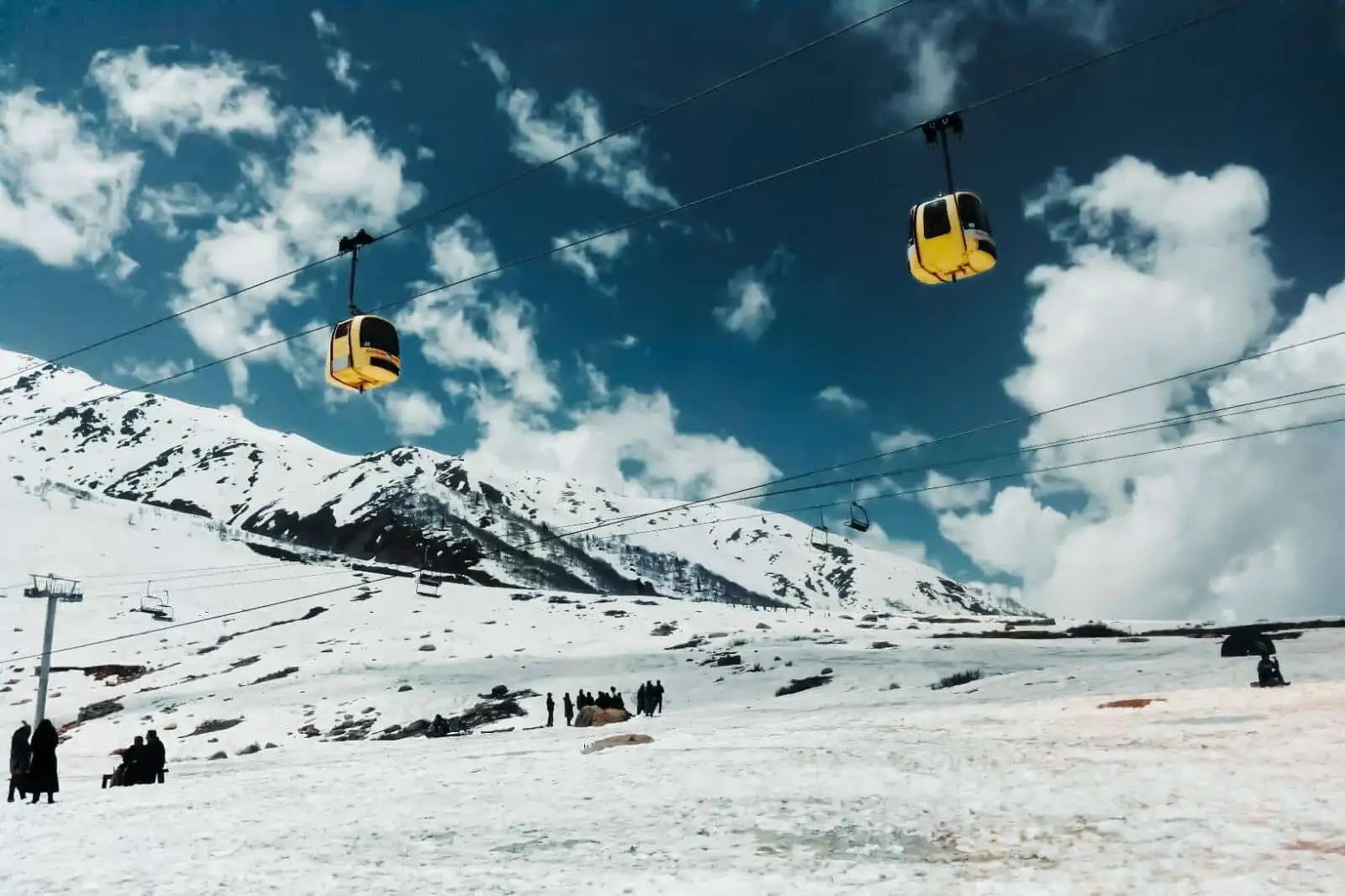
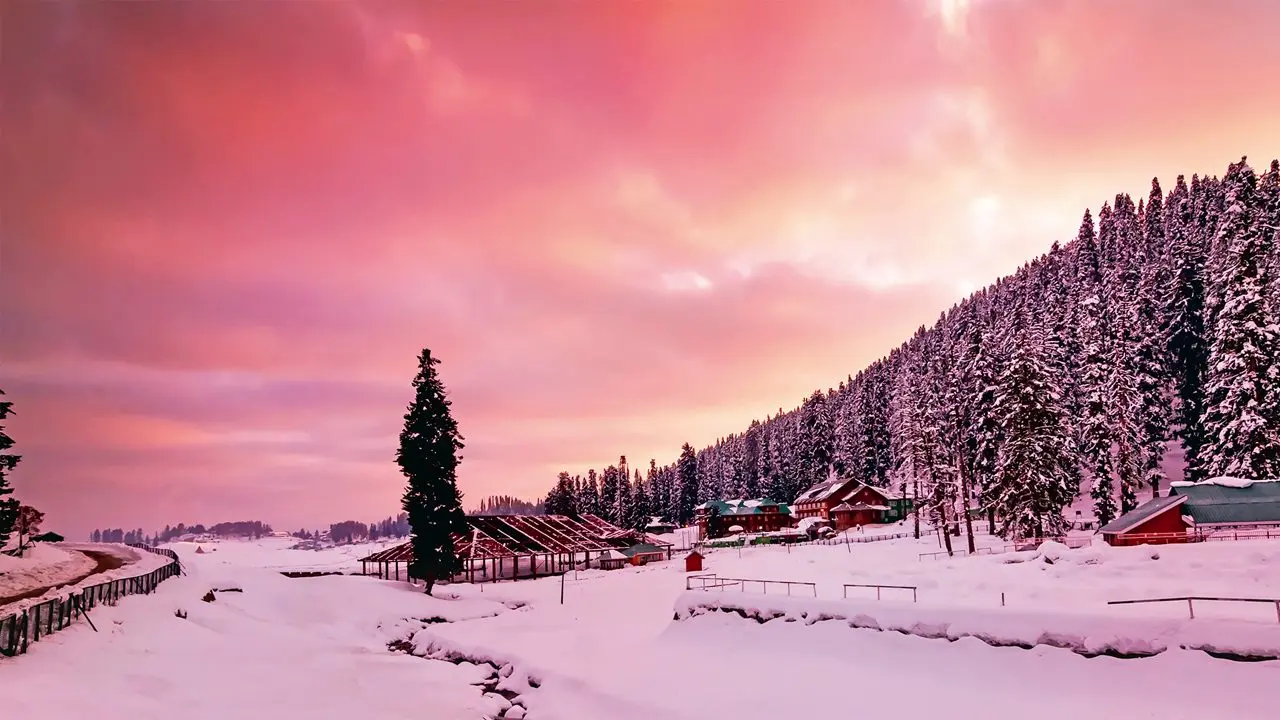
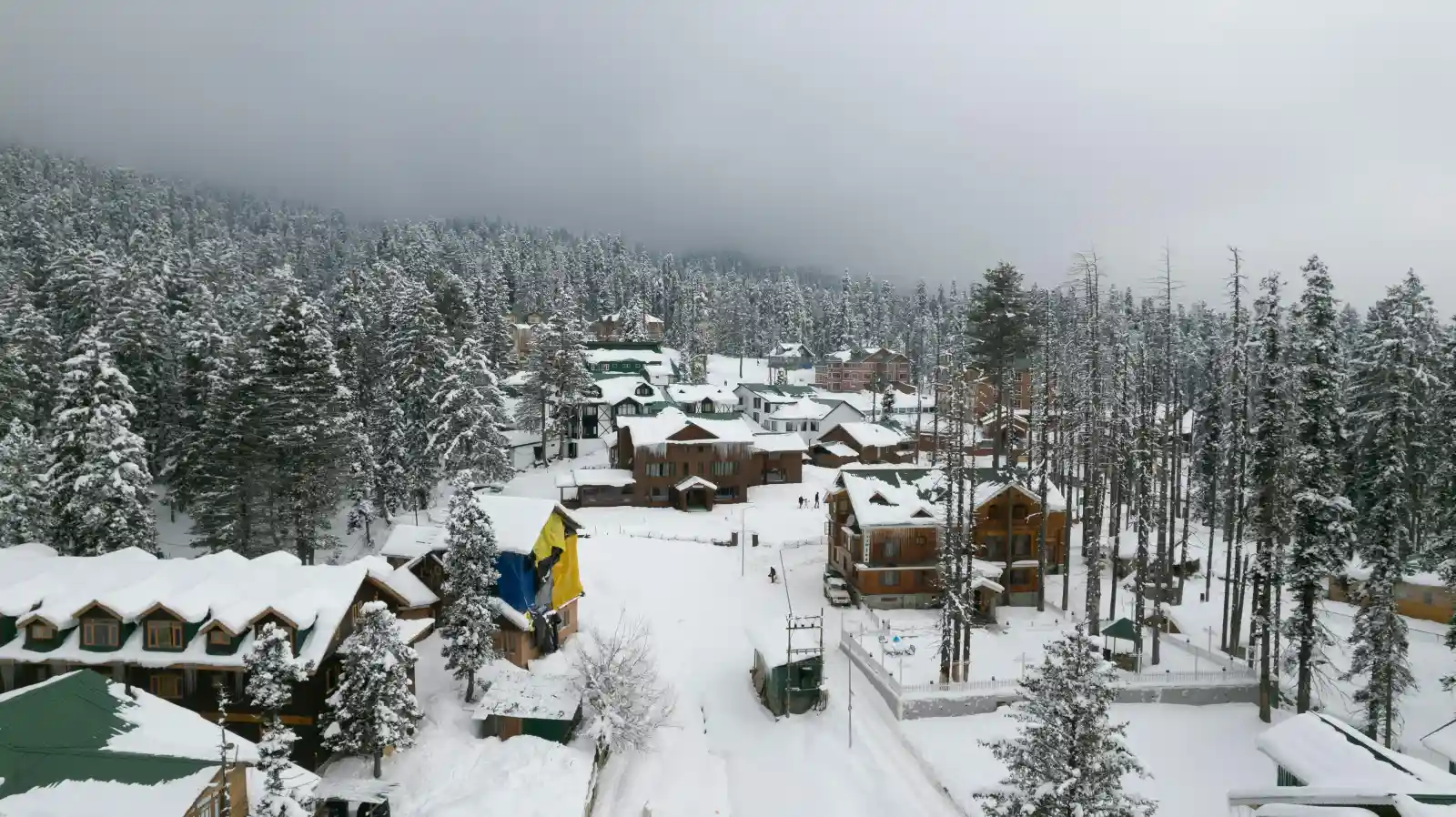
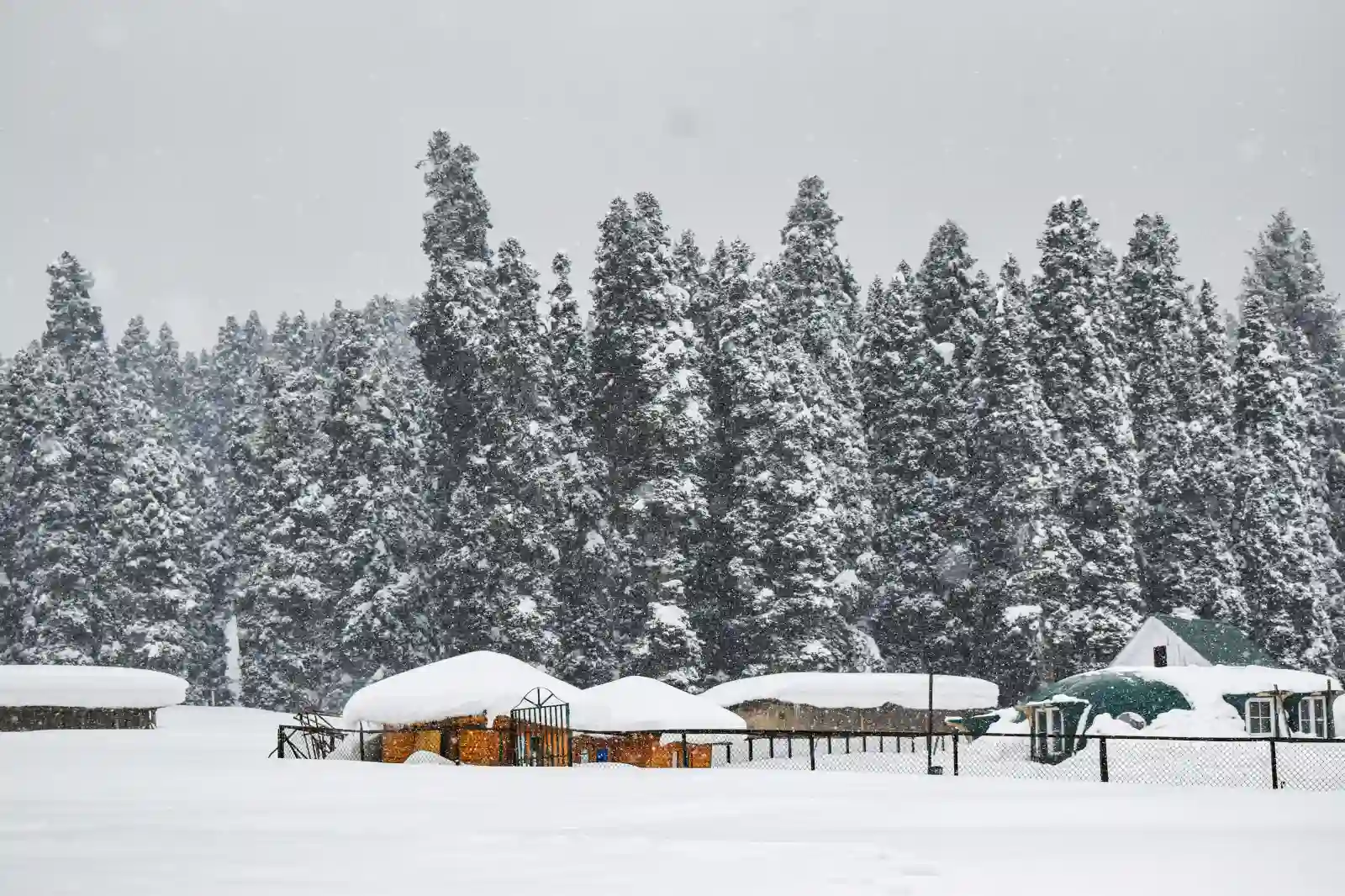
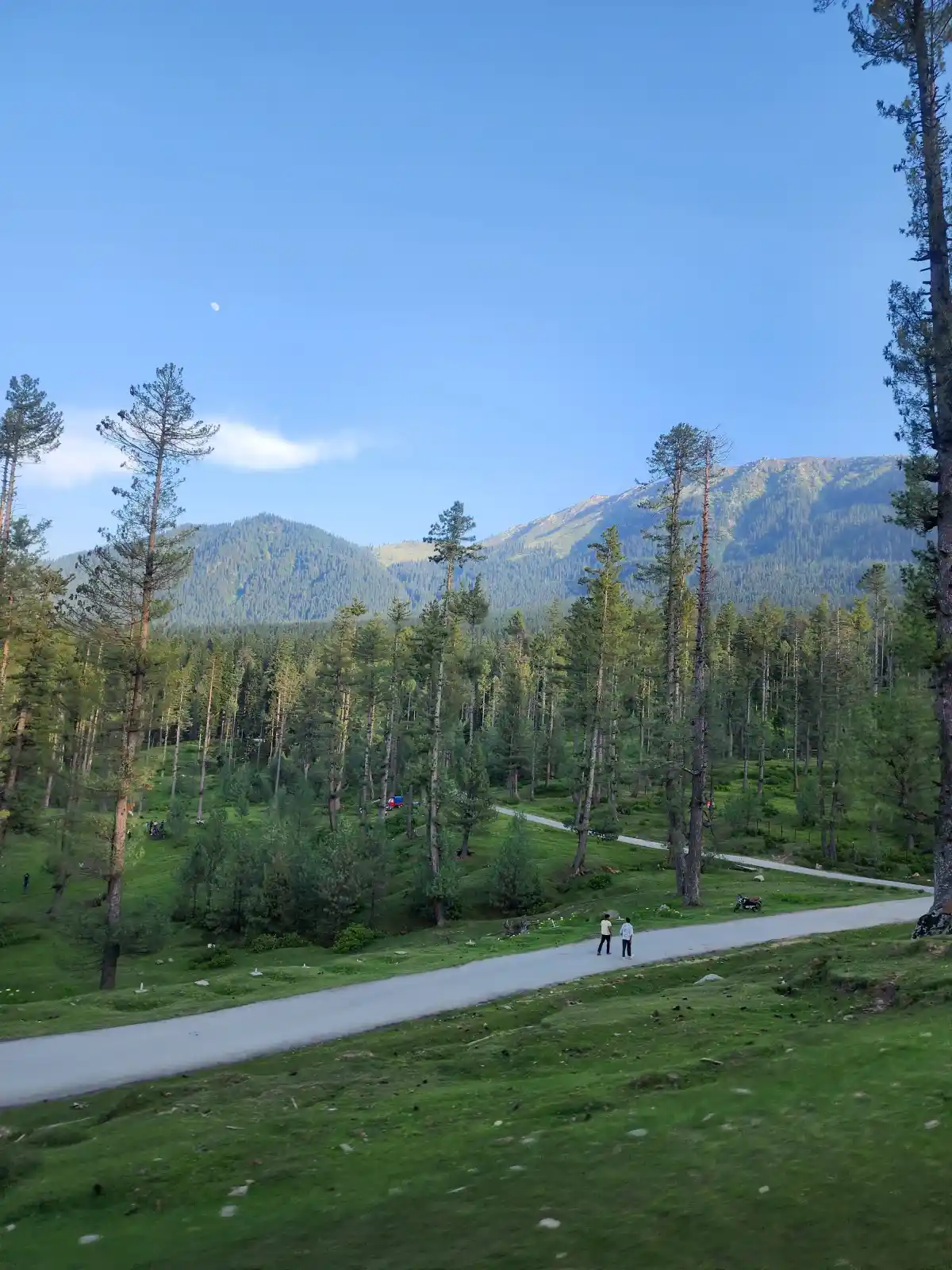

Winter in Kashmir generally stretches from December to February, although in higher altitudes, snow lingers even in March. This season isn’t uniform—locals recognize subdivisions that define varying intensities of cold, each carrying cultural and climatic significance.
This is the coldest and most intense 40-day phase of winter. Temperatures in Srinagar and other valley regions often drop below freezing at night. Days are short, and thick snow blankets the region, turning every corner into postcard scenery. This is the peak winter experience, ideal for snow enthusiasts.
Following Chillai Kalan, this 20-day period is slightly less harsh but still very cold. Snow activities continue, though roads become a bit more manageable compared to the extreme freeze earlier.
The final 10 days of winter are comparatively mild, but snow remains, especially in high-altitude areas like Gulmarg and Sonamarg. This is when travelers can enjoy a balance of cold weather and slightly easier travel conditions.








While December to February is the general winter window, each part of this season offers a different flavor. Let’s break it down:
Pros: This is when snow is at its thickest, creating a surreal white paradise. Dal Lake partially freezes, meadows are covered in snow, and the traditional Kashmiri lifestyle (pherans, kangris, Harissa meals) is at its most vibrant.
Considerations: It is very cold, with sub-zero nights. Roads may get blocked after heavy snowfall, and accommodations can be pricier due to holiday demand.
Pros: Snow remains abundant, but conditions stabilize compared to late December. Fewer extreme cold days and slightly easier travel.
Considerations: Still cold, with short daylight hours and potential transportation delays.
Pros: Temperatures begin to ease slightly, while snow remains heavy in high-altitude areas. Crowds are thinner compared to December-January, making it perfect for those seeking peace.
Considerations: In lower altitudes, snow starts receding by late February, and access to certain areas may be restricted due to road maintenance.
Overall Best Window: For the full winter experience with snow, late December to early February is the ideal time.
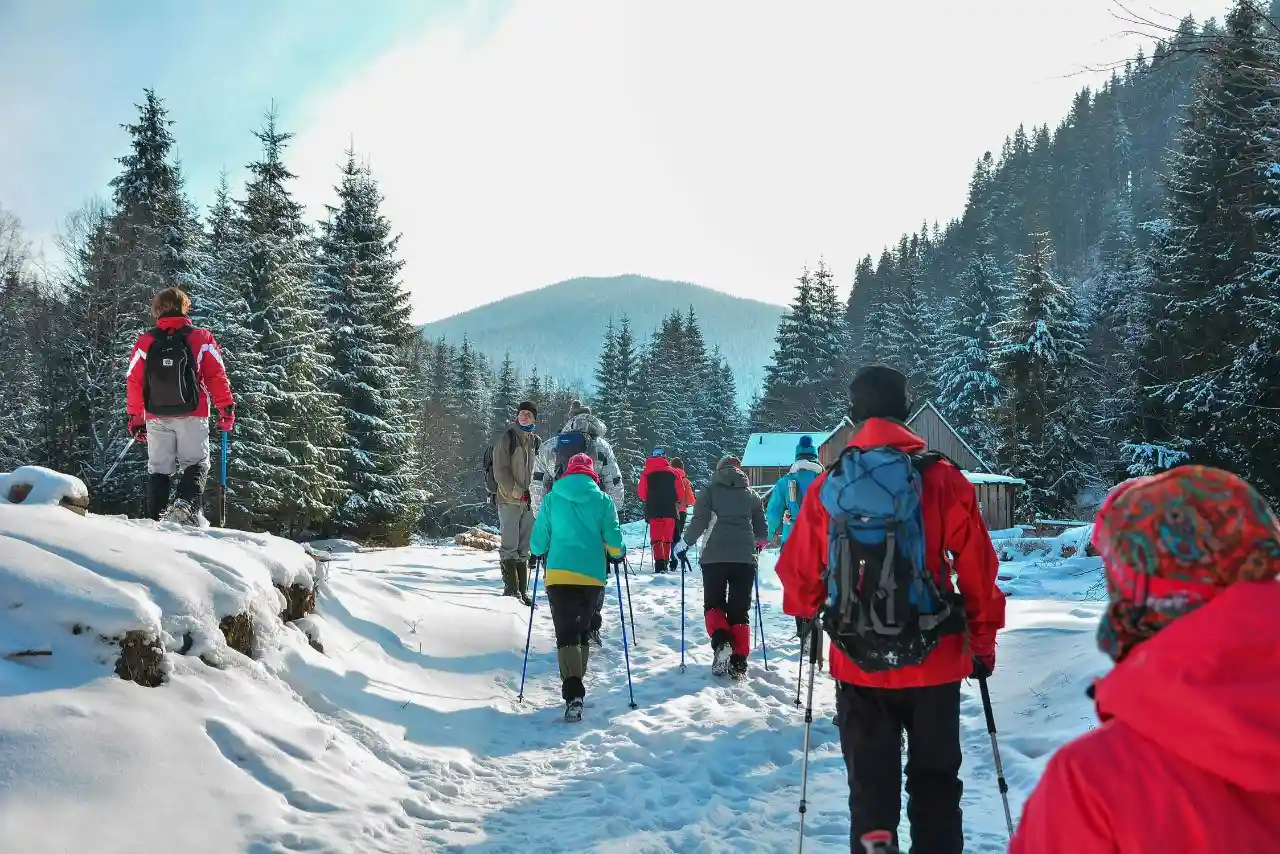
Winter in Kashmir is defined by sub-zero nights, chilly days, and heavy snowfall.
Snowfall typically starts in early December, peaks in January and February, and lingers in high-altitude zones until March. Travelers should come prepared with proper winter gear—thermal wear, gloves, boots, and layers.
Kashmir in winter is not just about snow—it’s about experiencing an entire cultural, scenic, and adventurous package.
If you’re planning Winter Tours in Kashmir, here are the highlights that should be on your itinerary:
The best time to visit depends on your goals:
Whether you’re coming for adventure in Gulmarg Holiday Packages, serene houseboat stays in Srinagar, or cultural winter delicacies, Kashmir promises a magical experience.
For those seeking a truly unforgettable journey, well-planned Winter Tours in Kashmir offer the perfect mix of adventure, beauty, and culture. From snow-draped valleys to frozen lakes, Kashmir in winter is more than just a destination—it’s an experience of a lifetime.